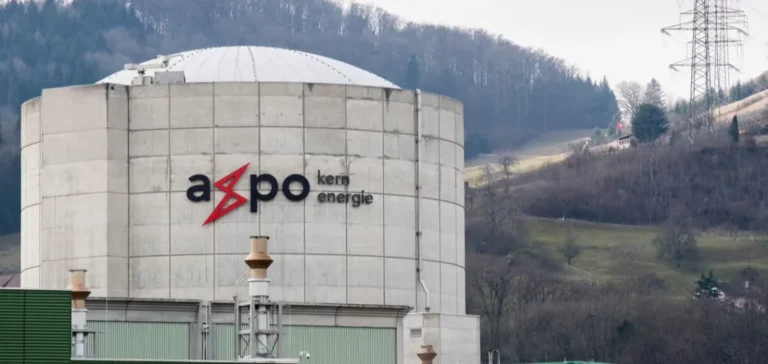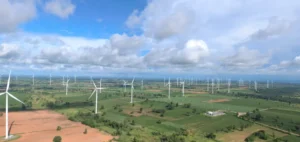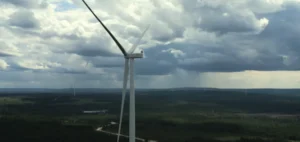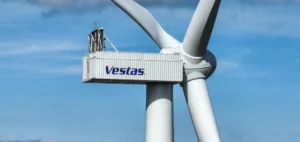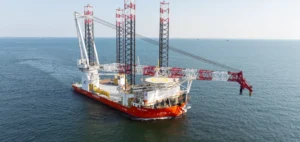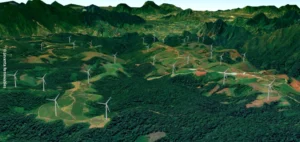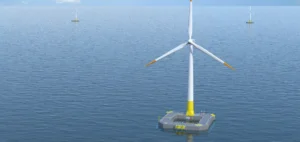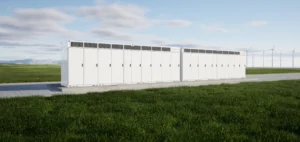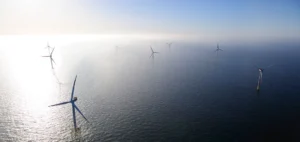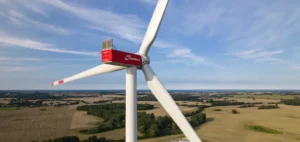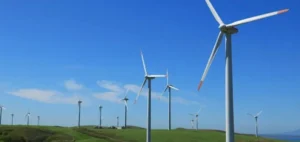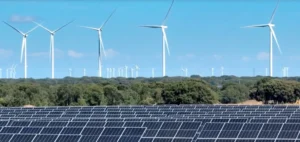Electricity provider Axpo is assessing the feasibility of a new wind farm in the Boxloo area, designated by the canton of St. Gallen as suitable for turbine installations. The site, located near the city of Wil, could host three turbines capable of producing nearly 25 million kilowatt hours annually. This output would cover the average annual electricity consumption of approximately 5,000 households.
An expanding wind portfolio in St. Gallen
The Wil project marks Axpo’s fourth wind initiative in the canton, in addition to sites under review in Flumserberg, Rüthi and Sennwald, as well as Waldkirch under the “Tannenberg” project. These developments are part of a strategy to improve Switzerland’s electricity supply security, particularly during the winter months when demand exceeds hydroelectric production.
A public information evening was held in Wil on September 23, attended by representatives from the city of Wil, the Swiss Federal Office of Energy, the St. Gallen Office for Spatial Development and Axpo. Presenters outlined the approval processes and the potential of wind energy in Switzerland. The event allowed residents to engage directly with experts and explore 3D simulations of the planned project.
Initial technical steps and preliminary schedule
Axpo plans to install a measurement mast at the Boxloo site in November to collect wind condition and bat activity data for at least twelve months. These findings will support the evaluation of the project’s technical and economic feasibility. The site has been identified as a wind development area in the cantonal master plan, authorising the required investigations.
According to Axpo, more than 60% of annual wind energy production in Switzerland occurs between October and March, a critical period for grid stability. The project follows a local participation model, allowing host municipalities and nearby residents to invest in the project company and benefit directly from its economic returns.
Wil city councillor Andreas Breitenmoser stated that the initiative could “reinforce security of supply and promote locally produced electricity”, while stressing the importance of “open discussions on landscape, nature and noise impacts”.


